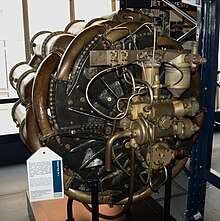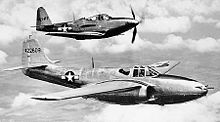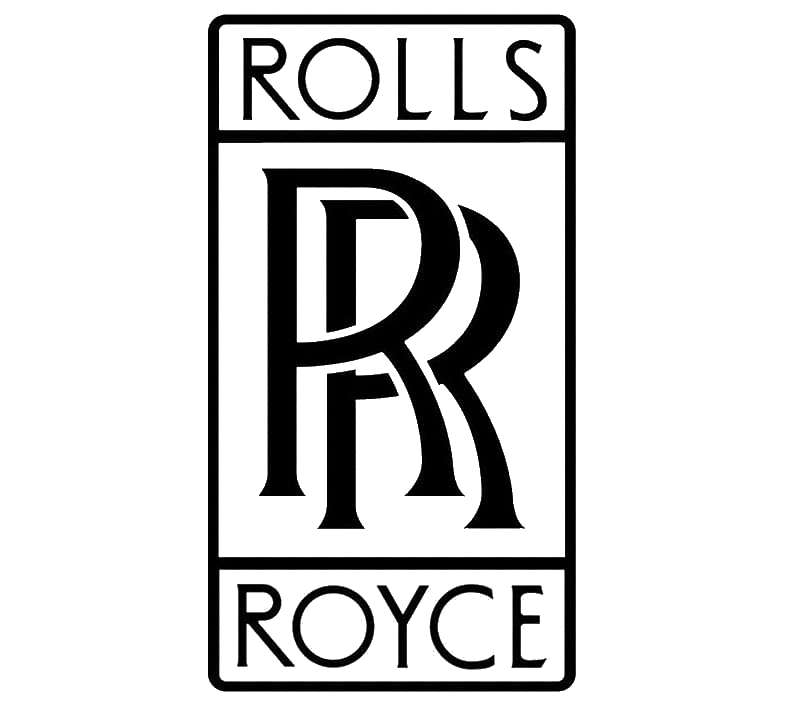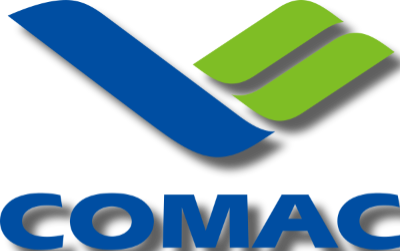Bell P-59 Airacomet
Fighter/Jet Trainer
 |
|
| Bell P-59B Airacomet at the National Museum of the United States Air Force, Dayton, Ohio | |
| Role | Fighter/Jet Trainer |
|---|---|
| National origin | United States |
| Manufacturer | Bell Aircraft |
| Designer | Robert A. Wolf and Herbert L. Bower |
| First flight | 1 October 1942 |
| Primary users |
United States Army Air Forces
|
| Number built | 66 |
.
History Bell Textron Inc.
Bell P-59 Airacomet
Fighter/Jet Trainer WW2
First flight 1 October 1942
Design and development

Major General Henry H. "Hap" Arnold became aware of the UK's jet program when he attended a taxiing demonstration of the Gloster E.28/39 in April 1941. The subject had been mentioned, but not in-depth, as part of the Tizard Mission the previous year. He requested and was given, the plans for the aircraft's powerplant, the Power Jets W.1, which he took back to the U.S. He also arranged for an example of the engine, the Whittle W.1X turbojet, to be flown to the U.S. on 1 October in a Consolidated B-24 Liberator, along with drawings for the more powerful W.2B/23 engine and a small team of Power Jets engineers. On 4 September, he offered the U.S. company General Electric a contract to produce an American version of the engine, which subsequently became the General Electric I-A. On the following day, he approached Lawrence Dale Bell, head of Bell Aircraft Corporation, to build a fighter to utilize it. Bell agreed and set to work on producing three prototypes. As a disinformation tactic, the USAAF gave the project the designation P-59A, to suggest it was a development of the unrelated Bell XP-59 fighter project which had been canceled. The design was finalized on 9 January 1942, and construction began. In March, long before the prototypes were completed, an order for 13 YP-59A pre-production aircraft was added to the contract.
 The first production P-59A with a
Bell P-63 Kingcobra
behind.
The first production P-59A with a
Bell P-63 Kingcobra
behind.
0
KmCeiling
0
KmMAX RANGE
0
Km/HAircraft Speed
0
Max Crew
Photo Gallery
Bell P-59 Airacomet
Fighter/Jet Trainer WW2


Bell Textron Inc.
Bell P-59 Airacomet
Fighter/Jet Trainer WW2
General Info
- Crew: 1
- Length: 38 ft 10 in (11.84 m)
- Wingspan: 45 ft 6 in (13.87 m)
- Height: 12 ft 4 in (3.76 m)
- Wing area: 386 sq ft (35.9 m2)
-
-
Powerplant
- Empty weight: (3,704 kg)
- Gross weight: (5,008 kg)
- Max takeoff weight: (6,214 kg)
- Fuel capacity: 356 US gallons
- Powerplant: 2 × General Electric J31-GE-5 centrifugal-flow turbojet engines, 2,000 lbf (8.9 kN) thrust each
Specifications
- Maximum speed: 413 mph (665 km/h, 359 kn) at 30,000 ft (9,100 m)
- Cruise speed: 375 mph (604 km/h,
- Range: 375 mi (604 km, 326 nmi)
- Ferry range: 950 mi (1,530 km, 830 nmi)
- Service ceiling: (14,100 m)
-
-
Armament
-
Guns:
- 1 × 37 mm M10 autocannon with 44 rounds of ammunition
- 3 × .50 cal AN/M2 Browning heavy machine guns with 200 rounds per gun
-
Rockets:
- 8 x 60lbs (27kg)
-
Bombs:
- 2 x 1000lbs (450kg) AN-M65A1 or simply Mark 65 bomb
-
-
Links to Youtube & Others
Faced with their own ongoing difficulties, Bell eventually completed 50 production Airacomets, 20 P-59As and 30 P-59Bs; deliveries of P-59As took place in the fall of 1944. The P-59Bs were assigned to the 412th Fighter Group to familiarize AAF pilots with the handling and performance characteristics of jet aircraft. While the P-59 was not a great success, the type did give the USAAF and the USN experience with the operation of jet aircraft, in preparation for the more advanced types that would shortly become available
Bell P-59 Airacomet
Fighter/Jet Trainer
Faced with their own ongoing difficulties, Bell eventually completed 50 production Airacomets, 20 P-59As and 30 P-59Bs; deliveries in 1944
Youtube Link
Even as deliveries of the YP-59As began in July 1943, the USAAF had placed a preliminary order for 100 production machines as the P-59A Airacomet, the name having been chosen by Bell employees.















.svg.png)